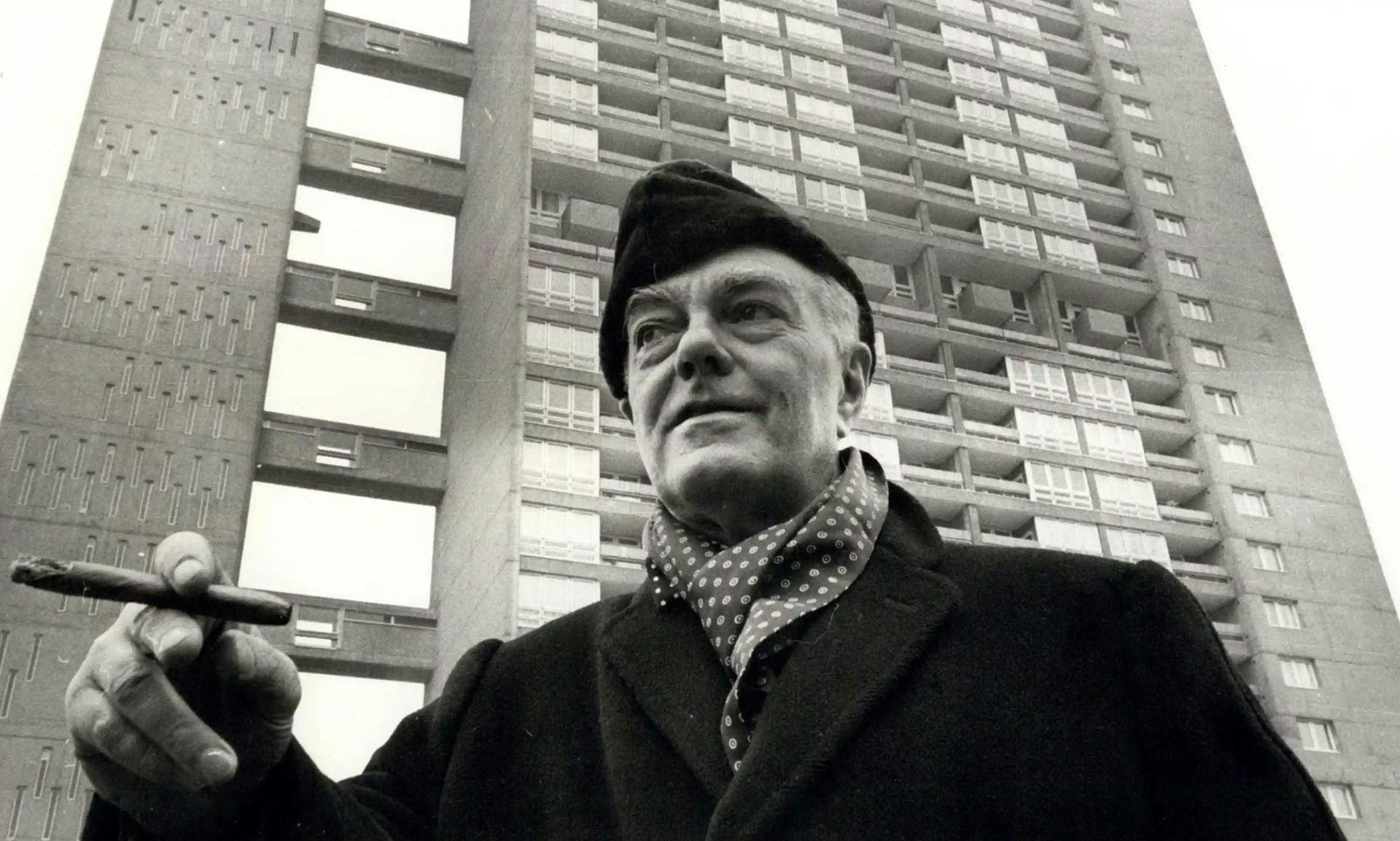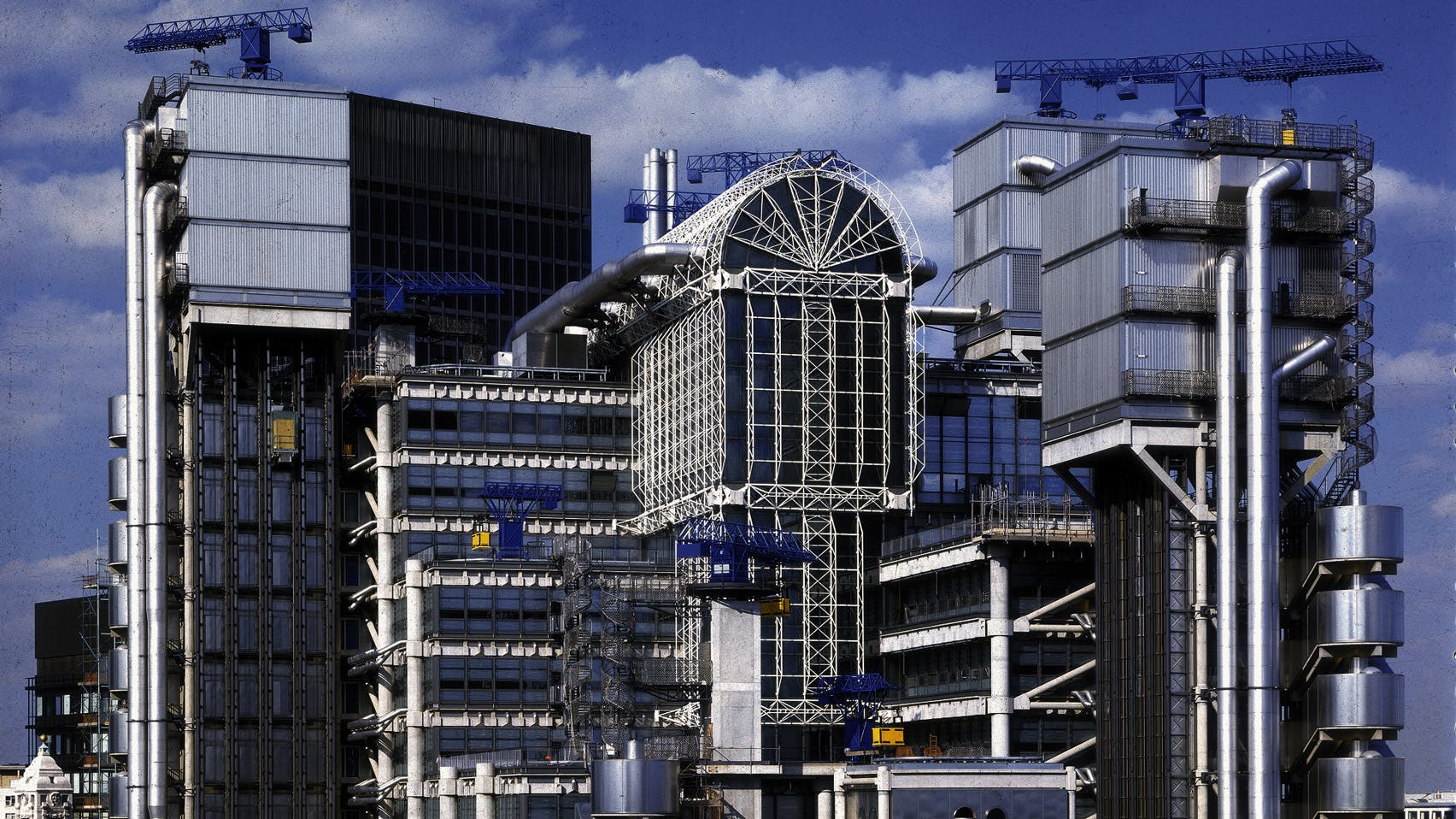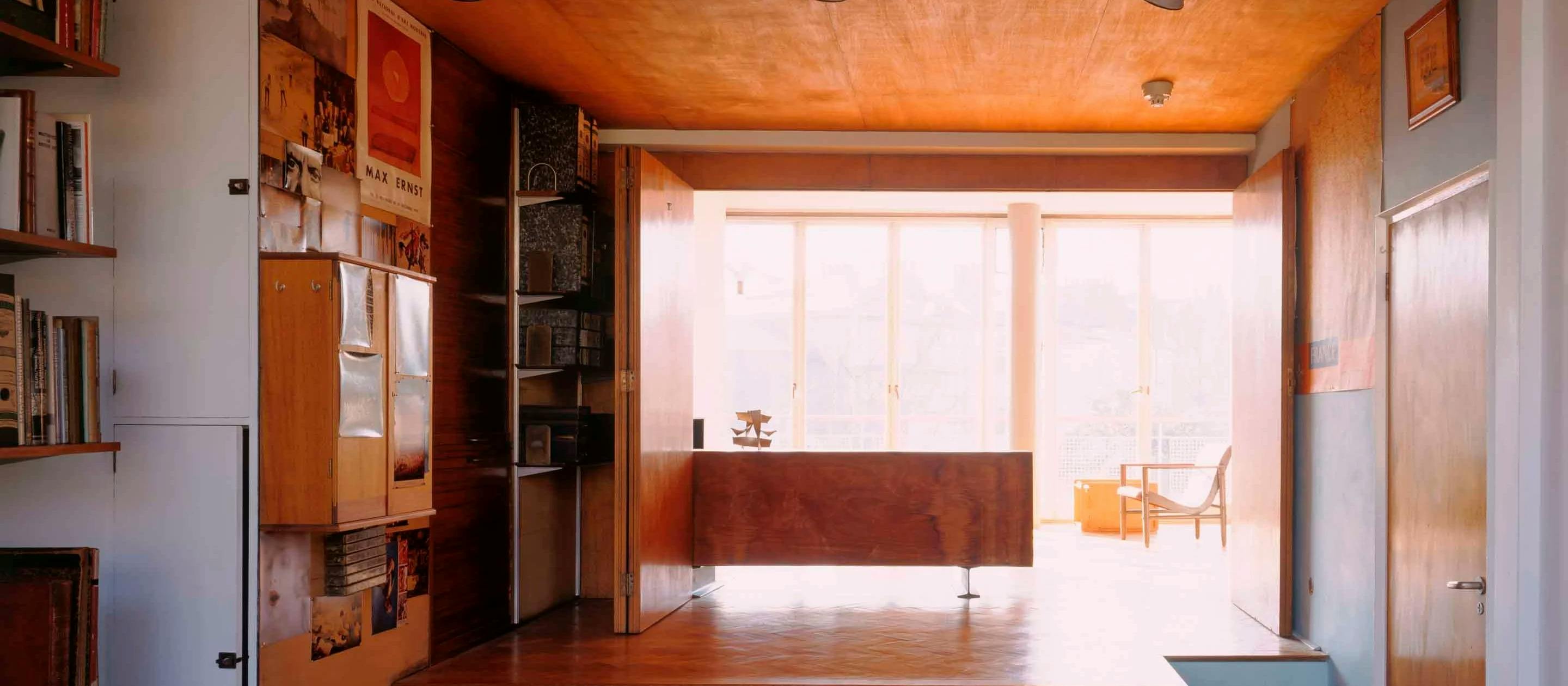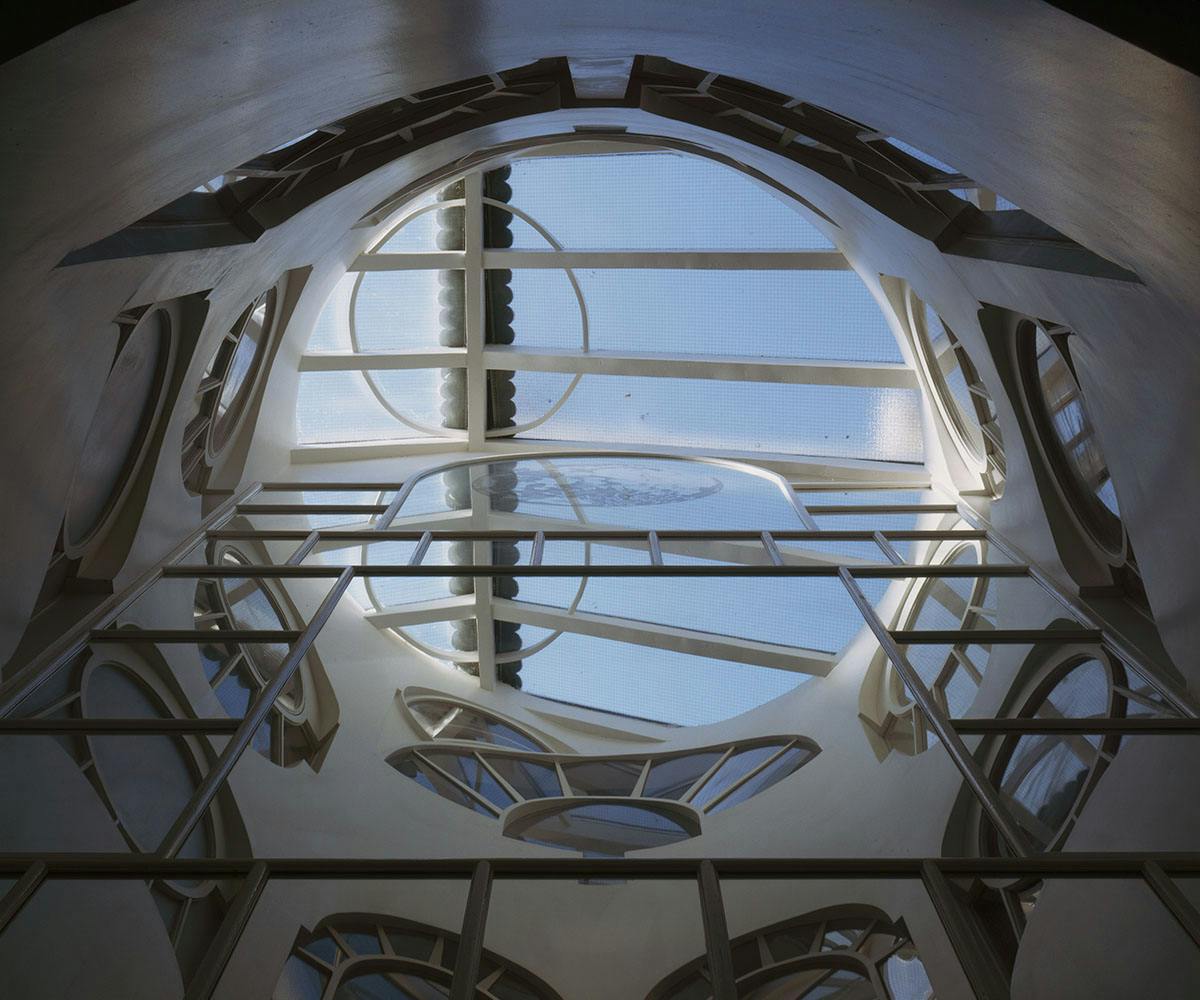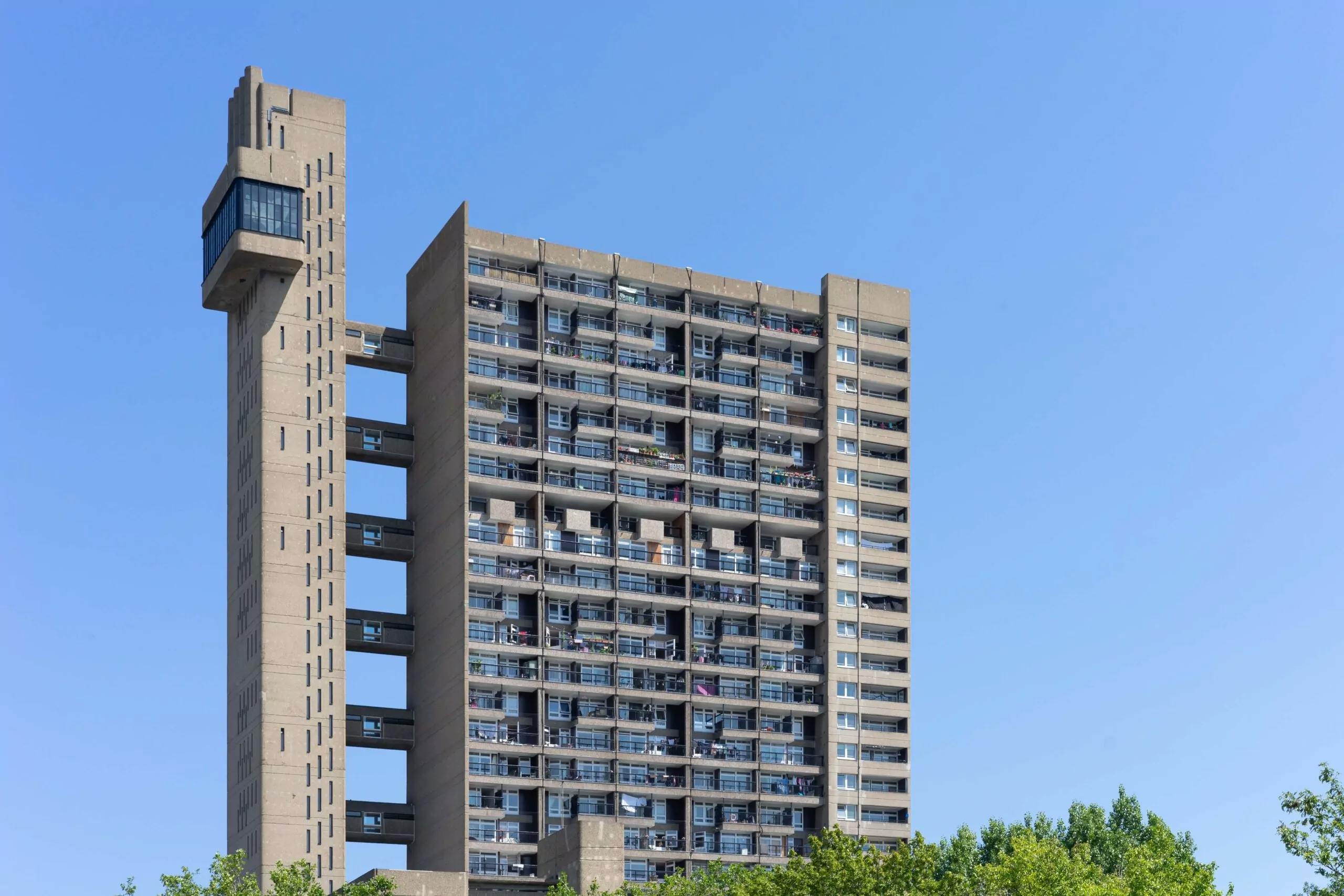
Trellick Tower
Designed by Ernő Goldfinger, Trellick Tower in London was built to be a Social Utopia and remains a Brutalist Icon.
Trellick Tower, now a celebrated Brutalist icon, endured decades of vilification for its stark concrete form, which was seen as a scar on North West London's skyline and a symbol of post-war planning gone awry. Over time, however, its unapologetic modernism and social ideals have been reimagined, transforming it into a cultural landmark of urban sophistication and architectural resilience.

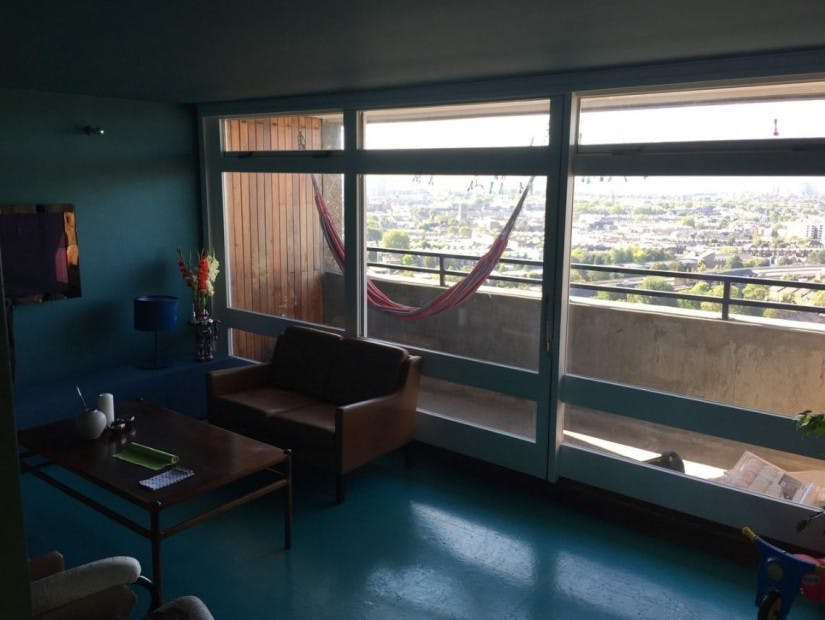
Trellick Tower stands today as an icon of Brutalism celebrated for its unapologetic modernist vision, yet its path to recognition was fraught with controversy and disdain. Designed by Hungarian-born architect Ernő Goldfinger, the tower emerged in the aftermath of World War II, when London County Council sought to replace substandard housing with ambitious urban solutions. Completed in 1972, its 31-story slab of raw concrete was a radical response to the era’s housing crisis, embodying Goldfinger’s belief in the monumental power of material and form. However, this vision was met with hostility, as the stark design was decried as a dystopian imposition on North West London’s landscape, and Goldfinger’s reputation suffered under the weight of public derision.
Initially conceived as a utopian model of high-rise living, Trellick Tower’s early years were plagued by social and technical failures. Enclosed walkways and a stark, imposing facade earned it nicknames like “The Cyclopean Eye” and “The Tower of Terror,” while functional issues such as broken lifts and flooding exacerbated residents’ frustrations. Social problems multiplied, with reports of drug use, crime, and even tragic incidents highlighting the gap between architectural idealism and the lived reality of its tenants. For many, the tower symbolized the failure of post-war urban planning, a sentiment that overshadowed Goldfinger’s meticulous attention to detail, from cedar-clad balconies to double-glazed windows designed for practicality and comfort.
Yet, the narrative of Trellick Tower began to shift in the 1980s, when residents took matters into their own hands, organizing to improve living conditions and advocating for better security. A policy change in 1986 ensured that only those willing to live in the tower were allocated apartments, fostering a sense of community and stability. This period marked the beginning of its transformation from a symbol of neglect to a beloved architectural landmark. Today, Trellick Tower is revered not only as a masterwork of Brutalism but also as a testament to resilience, where the marriage of bold design and grassroots activism redefined its legacy.
Goldfinger’s career may have been tarnished during his lifetime, but his vision for Trellick Tower has ultimately proven prescient. Its uncompromising geometry, innovative design, and focus on human welfare align with modern principles of sustainability and thoughtful urban development. Far from the “blame” it once bore, Trellick Tower now stands as a monument to architectural bravery and a reminder of the complex interplay between design, society, and time.
